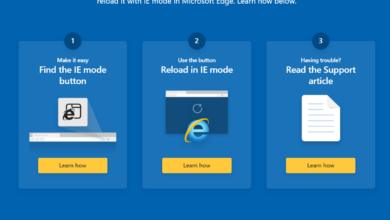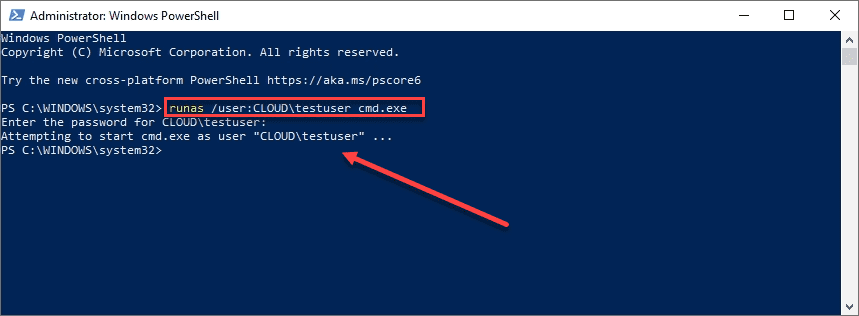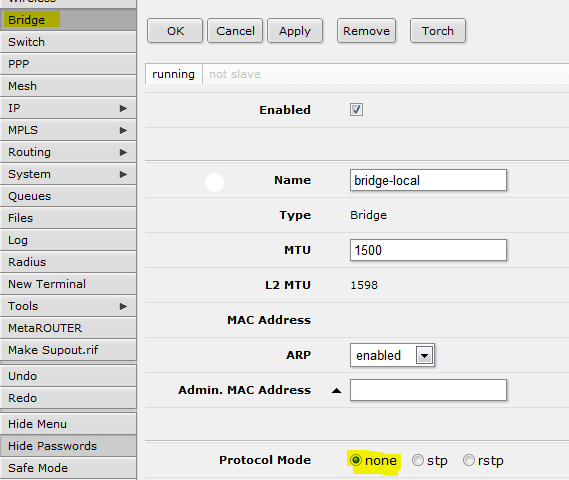How to Use MSCONFIG to fight Malware and performance issues
Two of the main problems that cause home users the great frustration have to do with malware and performance issues. These two problems usually go hand in hand and result from an infection of malware that usually comes inadvertantly from a website a user has visited. Most people don’t know what to do or where to look when their computer starts doing crazy things as well as becomes slow to a point that it may seem unusable.
Many home users aren’t familiar with tools they have at their disposal to actually look and see what is starting up in their copy of Windows. A utility that Microsoft introduced in Windows 95 was the msconfig utility. This handy utility helps a user actually see what is starting up in his or her computer programs as the computer boots up. This includes programs that may not be obvious to a user when they look in the normal “startup” locations on their computers.
A user can simply go to a run menu and type the msconfig command and will be prompted with the utility which has several useful options when exploring and troubleshooting one’s computer.
General Tab – This tab shows you the current boot status of the computer.
- Normal Startup- loads everything as normal on computer startup.
- Diagnostic Startup – loads basic devices and services only
- Selective Startup – User can choose to load services, startup items, etc
Boot Tab – The user has a whole assortment of configuration options that can be selected from memory configurations, processor options, PCI options, GUI options, repair modes, and so on.
Services Tab – The user has a complete view of the services the computer is loading. Users can unselect a service to keep it from starting or disable or enable all of them. There is also a really convenient checkbox on this tab that allows a user to hide all Microsoft services which is very valuable to find unwanted software that may be starting as a service.
Startup Tab – At the heart of troubleshooting with this utility, the startup tab as we discussed above, allows a user to see what is starting up on his or her computer as well as file paths, executables, etc.
Tools Tab – The tools tab contains a ton of useful run commands and a launcher type interface to actually execute these utilities. Everything from UAC settings, Internet options, network configurations, windows information, system restore settings, and more can be found here. It is like the honeypot of windows commands and tools.




